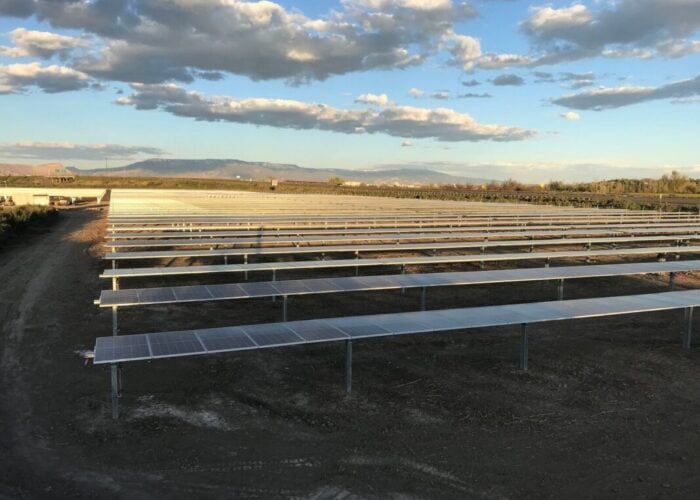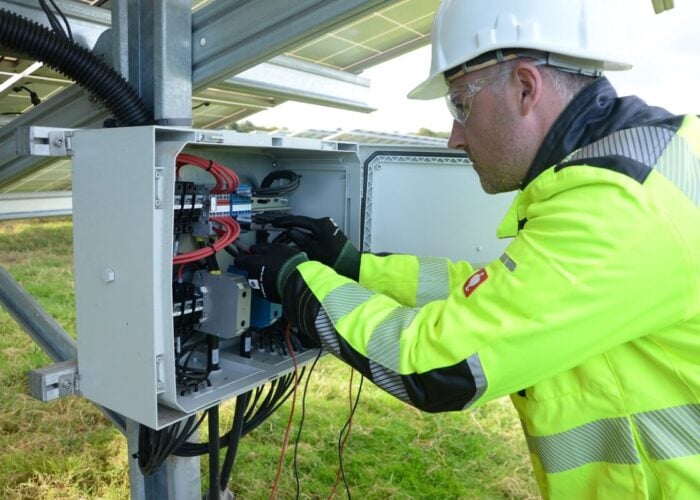
Norwegian energy company Statkraft has posted quarter-on-quarter declines in electricity generation and earnings in the second quarter of this year, as it continues to streamline its operations.
The company announced this week that its assets generated 15.2TWh in the second quarter of 2025 – down from 21.7TWh in the first quarter, a record for the company – with 12.6TWh of hydropower generation representing the majority of this output. However, its generation was 0.9TWh higher than in the second quarter of 2024.
Try Premium for just $1
- Full premium access for the first month at only $1
- Converts to an annual rate after 30 days unless cancelled
- Cancel anytime during the trial period
Premium Benefits
- Expert industry analysis and interviews
- Digital access to PV Tech Power journal
- Exclusive event discounts
Or get the full Premium subscription right away
Or continue reading this article for free
Similarly, its underlying EBITDA reached US$440 million (NOK4.5 billion), down from US$1.1 billion (NOK10.9 billion) in the previous quarter. These trends, and the demonstration that the company’s earnings have broadly followed trends in electricity generation, are shown in the graph below.
However, the company’s profits collapsed in the second quarter of this year, posting losses of US$640.6 million (NOK6.5 billion), almost wiping out the US$674.4 million (NOK6.8 billion) in profits recorded in the first quarter of this year. Cutting losses has long been a focus of the company, and has sought to limit its involvement in a number of renewable energy technologies and some markets to minimise losses.
Last month, the company announced plans to streamline its operations to reduce expenses by US$290 million annually, and in its most recent results, noted that it has finalised the sale of development activities in Croatia in the US, and is looking to sell solar and hydropower assets in India and solar projects in the Netherlands.
The company also suggested that its most recent losses are the result of falling power prices. Figures from think tank Ember include average monthly power prices in each European country, and a quarterly average of these prices are shown in the graph below, for Norway and Sweden, the countries where Statkraft has the most projects. These price trends are compared to the company’s quarterly profits and losses, and show a clear correlation between macro price trends and Statkraft’s profits.
“Given the current market situation and geopolitical realities, combined with Statkraft’s recent high activity and investment level,we are adjusting our strategic ambitions,” said CEO Birgitte Ringstad Vartal.
“By concentrating on our core competitive advantages and prioritising investments in near-term profitable opportunities, we can continue our growth and value creation, while contributing significantly to energy security and the energy transition.”
While solar power has not been a core part of Statkraft’s generation portfolio – accounting for just 0.4% of the country’s total electricity generation in 2024 – its divestment from solar assets does not paint an optimistic picture of its involvement in the solar sector.
Last June, the company scaled down its plans for investment in both solar PV and battery energy storage systems (BESS), which are often touted as a hedge against unpredictable energy prices in the somewhat volatile renewable energy sector, suggesting that the company’s appetite for both solar and storage has cooled in the last year.






